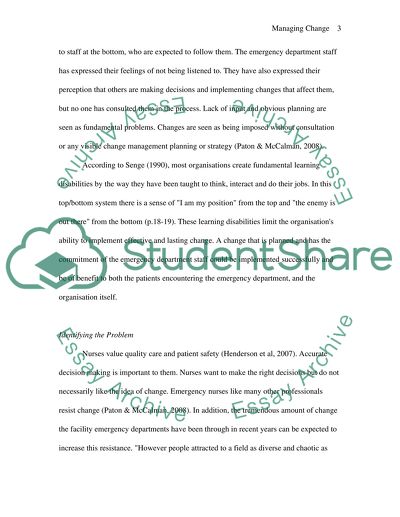Cite this document
(“Managing Change in Healthcare Organisation Essay - 1”, n.d.)
Retrieved from https://studentshare.org/law/1428787-managing-change-in-healthcare-organisation
Retrieved from https://studentshare.org/law/1428787-managing-change-in-healthcare-organisation
(Managing Change in Healthcare Organisation Essay - 1)
https://studentshare.org/law/1428787-managing-change-in-healthcare-organisation.
https://studentshare.org/law/1428787-managing-change-in-healthcare-organisation.
“Managing Change in Healthcare Organisation Essay - 1”, n.d. https://studentshare.org/law/1428787-managing-change-in-healthcare-organisation.


